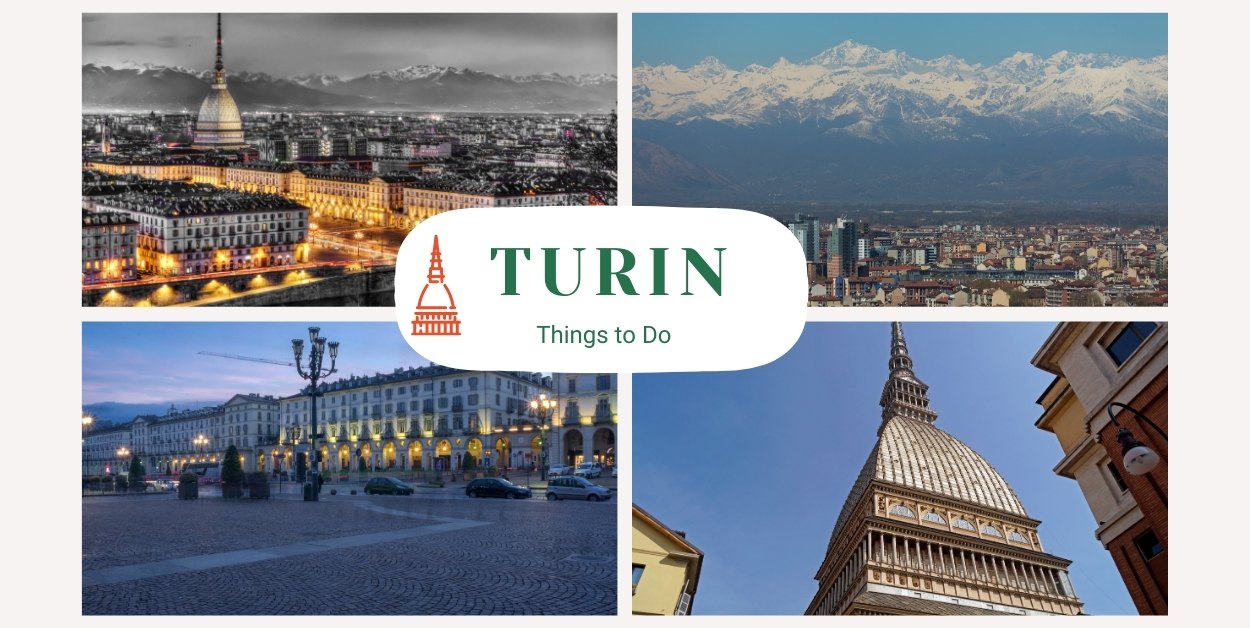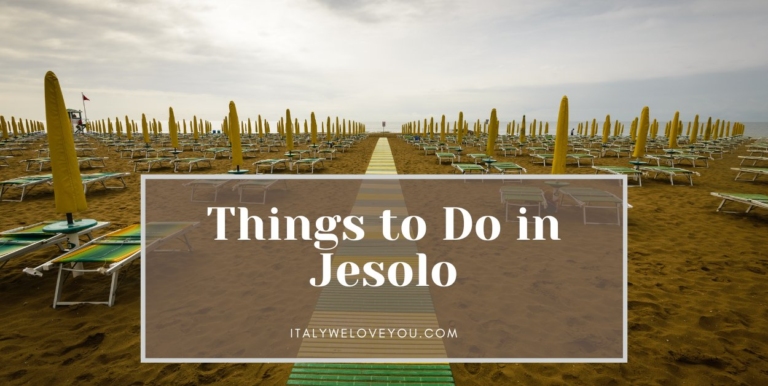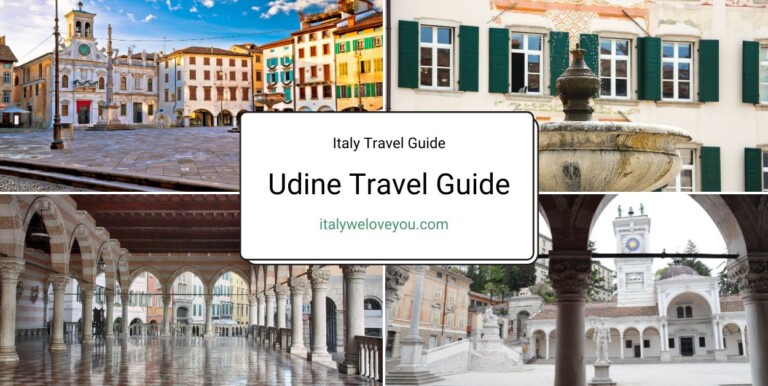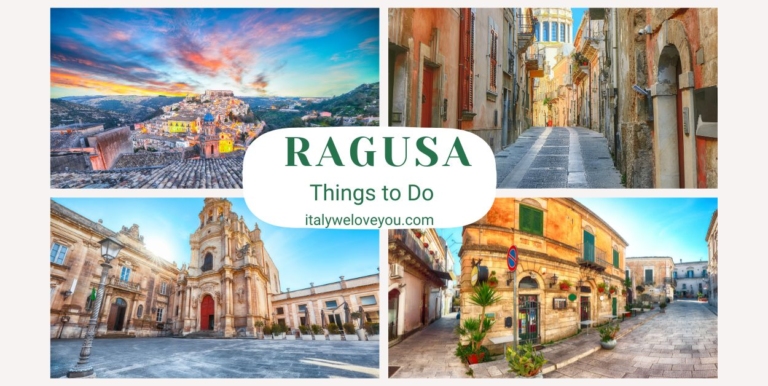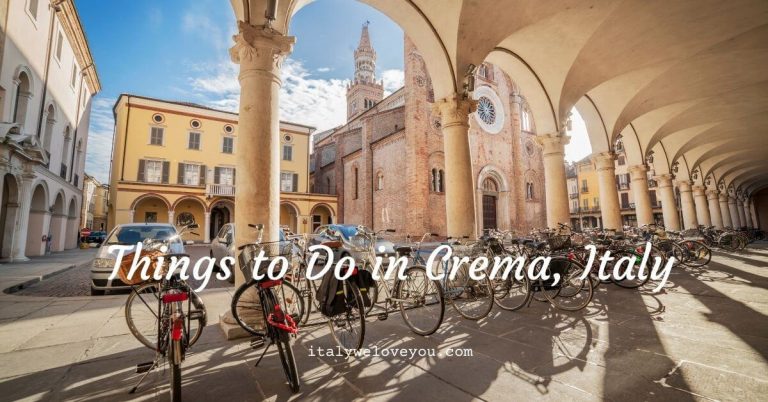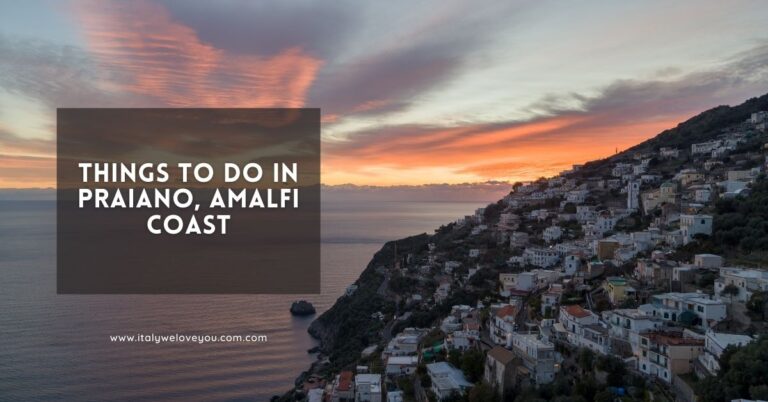The 12 Best Things to Do in Turin, Italy
Among the many beautiful Italian cities, Turin certainly deserves a special place for its artistic and architectural beauties and for the important history that reigns in its large squares, in the streets of the center, in its churches, and its museums. Turin was in fact the ancient capital of the Savoy Kingdom, as well as the first capital of the Kingdom of Italy. From an industrial city that was in the last century, Turin has been able to reinvent itself, becoming in recent years a pole of innovation and a city of artistic and cultural experimentation.
The city of Turin, reminiscent of its prestigious past, still retains its regal aspect. And you can see it walking through its streets and its historic buildings.
Mole Antonelliana
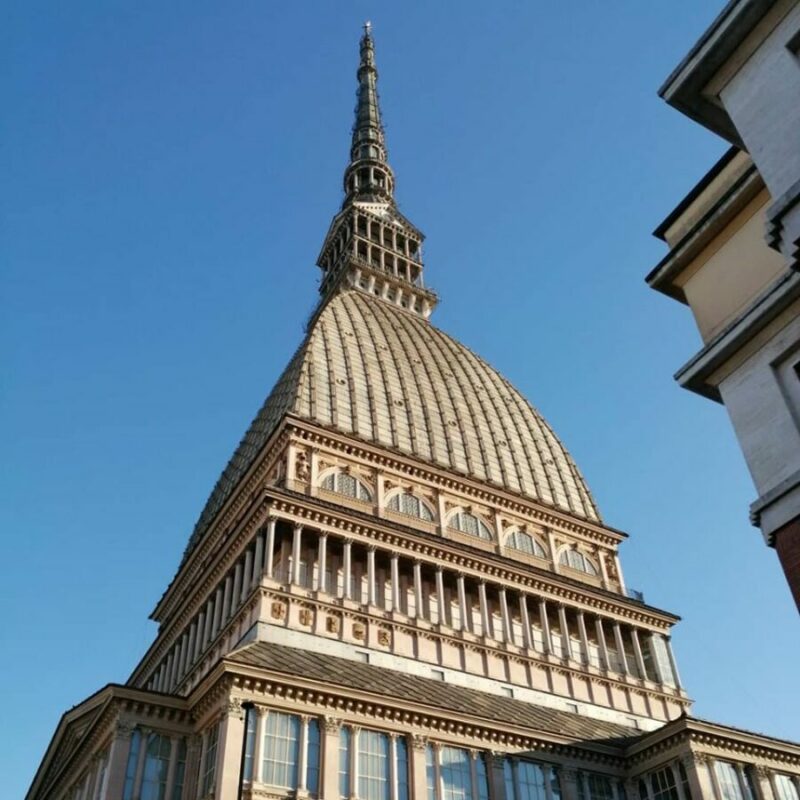
The visit to the city can start from its symbol par excellence: the Mole Antonelliana, the beautiful building designed by the architect Antonelli. The Mole, which stands out in the panorama of the city, also houses the National Cinema Museum, one of the most visited in Turin and the only example of a museum dedicated to this art in Italy. Very few people know this, but Turin is the place where Italian cinema was born. The museum traces the history of cinema: from the first cameras to the helmets of the Star Wars saga. Another important attraction of the Mole Antonelliana is the panoramic lift, with transparent walls, which will take you to the top of the monument. The perfect place to enjoy a 360 ° view over Turin
Museum of Egyptian Antiquities

Another spectacular museum in Turin is the Museum of Egyptian Antiquities, which is located in the XVII century palace of the Academy of Sciences. It is the most important Egyptian museum in the world, after that in Cairo. Here about 6,500 exhibits are displayed including statues, sarcophagi, and funerary objects, mummies, papyrus, amulets, and jewels. An immense cultural heritage to be seen to discover the history and mysteries of this ancient civilization.
Royal Museums
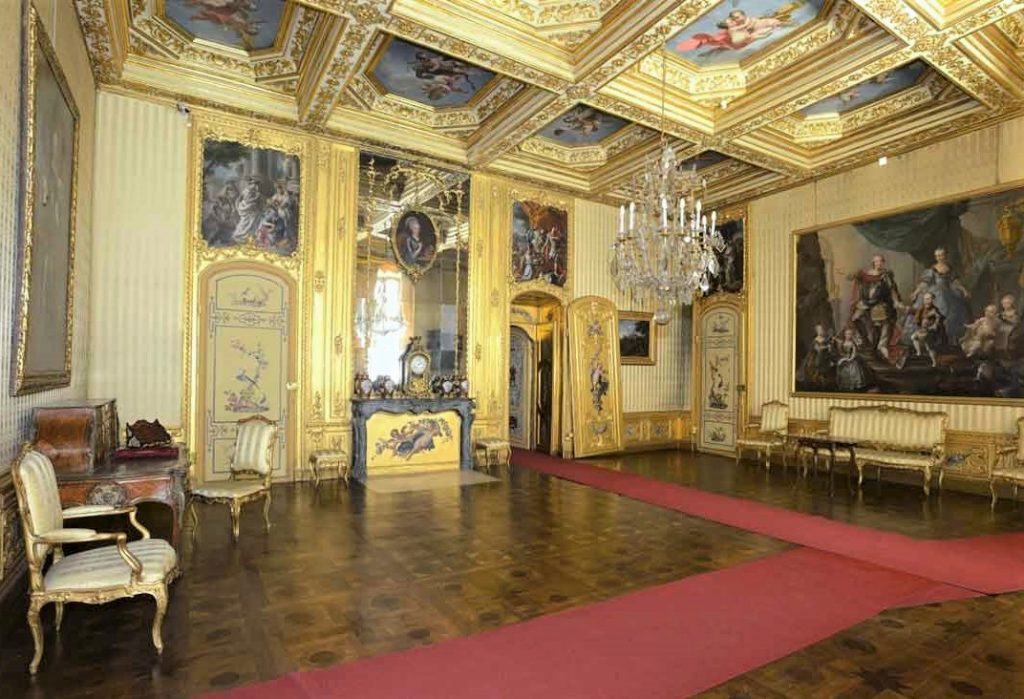
Among the most important attractions of Turin, we also find the Royal Museums, whose visit allows you to take a real dive into the history of Turin and Italy. The museum complex consists of the Royal Armory, the Royal Library, the Royal Palace, the Savoy Gallery, the Archaeological Museum, the Royal Gardens, and the Chiablese Palace.
Among these, the Royal Palace stands out, located in Piazza Castello. Built in 1646, it served as a royal residence until 1865. Today, inside the palace, it is possible to visit the king’s apartments and also the royal gardens. To remember then the Royal Library which houses more than 200,000 old books, including masterpieces such as the self-portrait or the Code on the flight of birds by Leonardo da Vinci.
Carignano Palace

The visit to the city can continue towards the nearby Carignano Palace, located in the square of the same name. This palace houses the Museum of the Italian Risorgimento and presents the history of Italy through numerous texts, documents, films and paintings. Do not miss the room where the first Italian parliament met. Just behind the Carignano Palace, you can also admire Piazza Carlo Alberto, a beautiful square with the equestrian statue of King Carlo Alberto of Sardinia.
Turin Churches
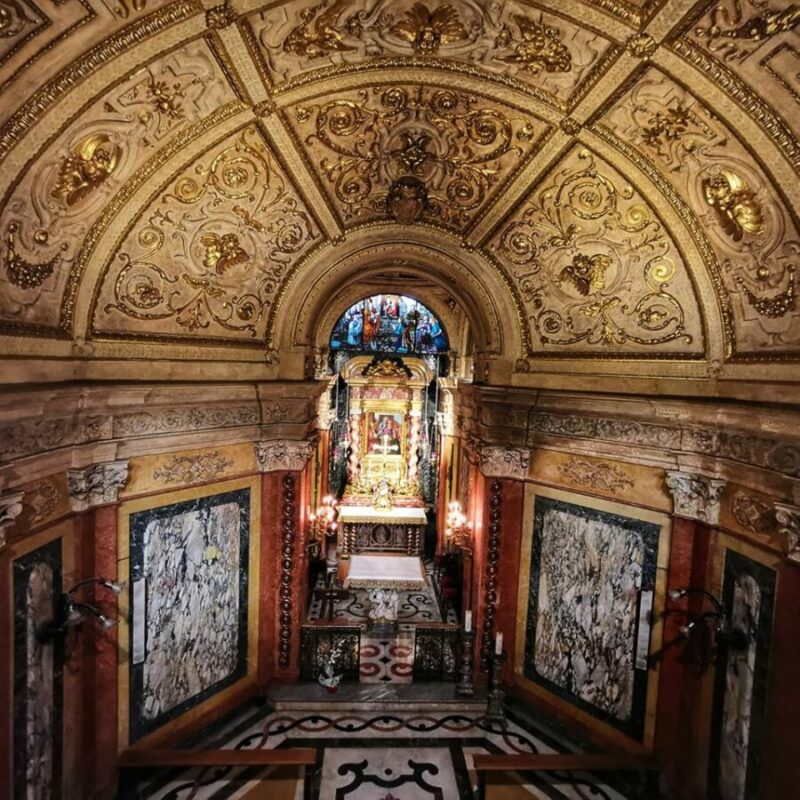
You cannot say that you visited Turin without also seeing its beautiful churches. Among these is the Consolata Sanctuary, certainly one of the most beautiful and interesting religious buildings in the Piedmontese capital. A masterpiece of Baroque art, as well as one of the oldest churches in Turin. In its bell tower, there is the largest bell in Piedmont. The church was enlarged and modified in the 18th century by the famous architect Filippo Juvarra, who made numerous changes in the Baroque style.
Another church symbol of the city, which rises along the Po river, is the Church of the Gran Madre di Dio, built in honor of King Vittorio Emanuele I for his victory over Napoleon in 1814. It was built in neoclassical style, inspired by the Pantheon in Rome.
On the right side of the church of the Gran Madre di Dio you can instead take the road that leads to Monte dei Cappuccini. The name of the hill derives from the fact that it was given to the Capuchin monks by the Savoys to build a church and a convent. At the top, you can enjoy a spectacular panorama of Turin and the Alps. You can also enter the Church of Santa Maria and visit the Museum of the Mountain, housed inside the religious building.
Turin Cathedral
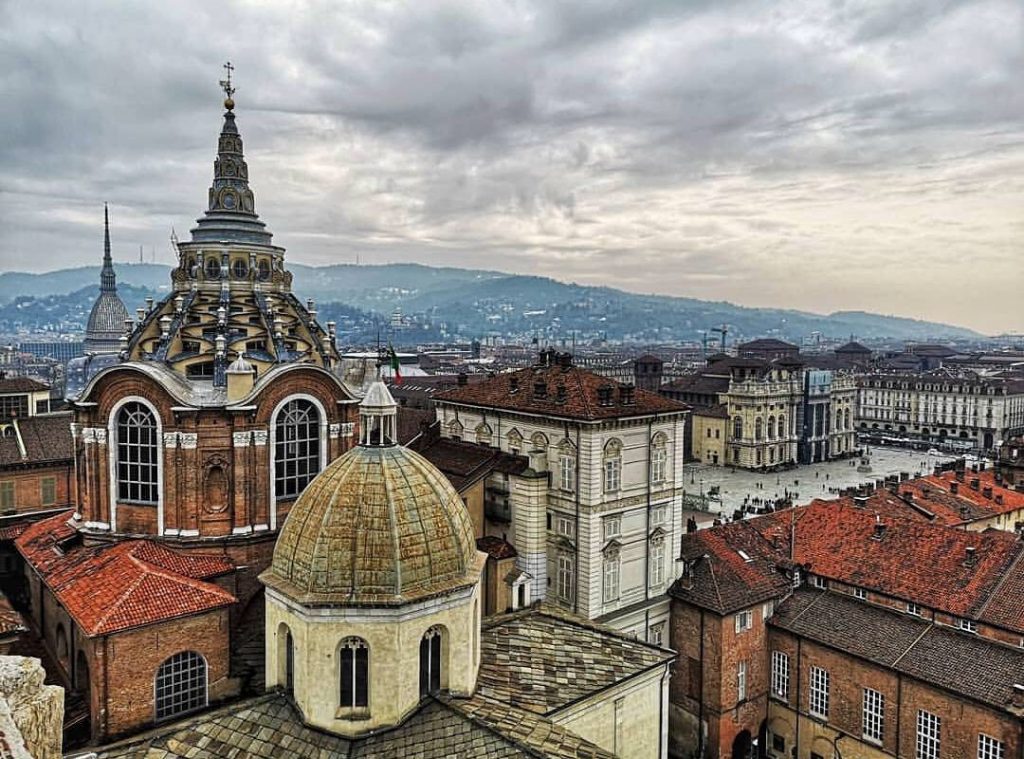
Among the various religious buildings in the city, the Cathedral of Turin is one of those to visit absolutely. It is, in fact, the only Renaissance-style church in the city. The Cathedral of San Giovanni Battista is particularly famous for hosting the Holy Shroud (Sacra Sindone in Italian), which is said to have wrapped the body of Christ. Its authenticity is obviously questioned, but this does not prevent visitors from entering the cathedral to see it.
Of great value is the Cappella della Sindone, a Baroque masterpiece by Guarino Guarini declared a UNESCO World Heritage Site since 1997, which preserves the Holy Shroud.
If you have already been fascinated by these historical churches, you will surely be amazed by the majestic Basilica of Superga, the work of the famous architect Filippo Juvarra, which stands on top of a hill, right in front of the city. Impossible to come to Turin and not go to see this masterpiece of Baroque architecture. The Basilica, being built on a 670 m high hill, is visible from afar, even while walking through the streets of the city.
Inside there is the crypt with the tombs of the Savoy kings and those of the princes and princesses. It is also possible to climb through a narrow spiral staircase to access the balcony at the top of the dome and enjoy a view of the surrounding hills.
The Basilica is sadly known for the tragedy that occurred in 1949: the plane carrying the Turin football team crashed on that hill. Since then, a funeral monument has been erected on the scene of the accident every year on the anniversary of the tragedy.
It is possible to reach the Basilica by car or with the historic funicular. From the square in front of the Basilica the view of the city and the Alps is breathtaking!
Villa della Regina
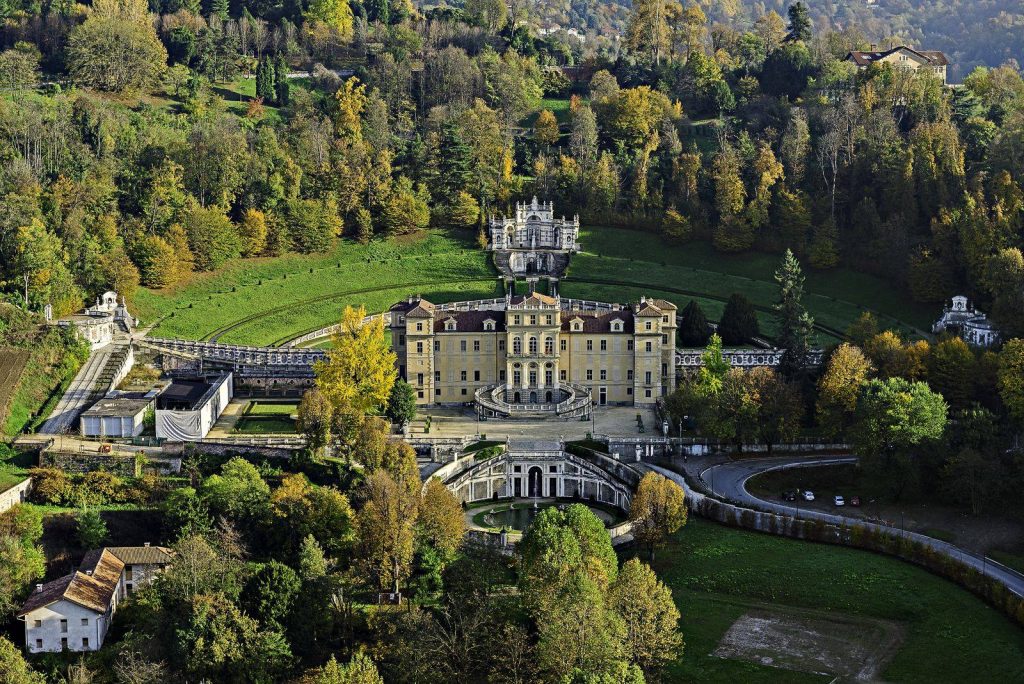
On the Turin hill there is also the magnificent Villa della Regina. Visible today, the seventeenth-century residence was for centuries the residence of many Savoy queens and houses numerous artistic works of art inside. Outside, however, there is the amazing Italian garden, in the shape of an amphitheater and with a beautiful fountain. The Villa, due to its position, dominates the city and the Po river. The perfect place from which to admire a splendid panorama of Turin
Piazza San Carlo
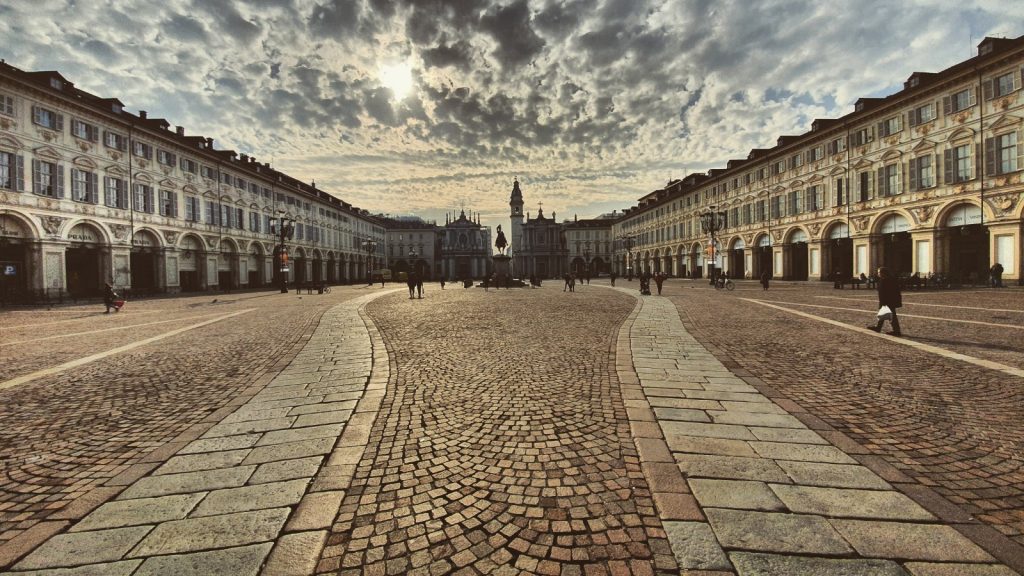
Turin is also famous for its many beautiful squares overlooked by historic monuments and buildings. One of the most suggestive is certainly Piazza San Carlo. Rectangular in shape, in the center, there is an equestrian statue of King Emanuele Filiberto, while, on the south side of the square there are the two twin churches in Baroque style: that of Santa Cristina built in 1639 and that of San Carlo built-in 1619.
Piazza Castello
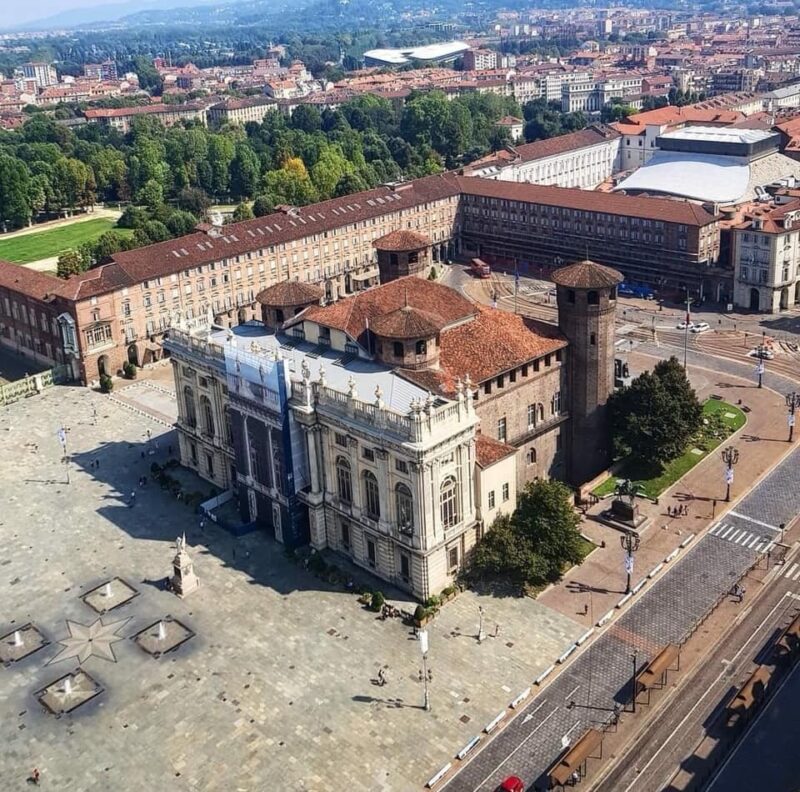
Heart of the city in the past as today, Piazza Castello is the second largest square in Turin. Surrounded on three of its four sides by the famous and characteristic Turin arcades, the square overlooks the Royal Palace, the Royal Theater, Palazzo Madama and the Royal Church of San Lorenzo. On the other side of Piazza Castello, in the direction of the Po river, you can instead see the First World War memorial, in homage to King Emanuele Filiberto, Duke of Aosta.
Among the monuments located in Piazza Castello, Palazzo Madama is one of the most representative buildings in the city. The Palace is now a UNESCO World Heritage Site and is home to the Museum of Ancient Art, which houses a splendid collection of ceramics, drawings and sculptures. During the visit, by taking the elevator or the stairs, you will reach also the top of the tower and you can admire a beautiful panorama over the city.
The Porta Palatina, located not far from the cathedral and the Royal Palace, was one of the 4 entrances to Turin during the Roman period. The building is one of the oldest monuments in Turin.
Near the Porta Palatina, there is another place to visit absolutely: the Porta Palazzo market, which occupies almost the entire Piazza della Repubblica. It is the largest outdoor market in Europe. With its countless stalls, you can find everything: fruit and vegetables, meats, cheeses, but also clothes, pots, pans, and all kinds of household items.
When you are in Turin, you cannot miss a stop in one of the historical cafés of the city, the ancient nineteenth-century places where you can taste, among antique mirrors, satin tapestries, elegant candlesticks and porcelain dishes, some of the Turin specialties.
Valentino Park

During a visit to Turin, you cannot miss a walk in the historic Valentino Park, the lung of the city. Spread over 42 hectares, the park is a popular place where to walk or to relax. Inside the park, you will find numerous statues, fountains, and gardens, as well as the wonderful Valentino Castle which, built-in 1620 by Duke Emanuele Filiberto di Savoia, now houses the University of Architecture. As its interior cannot be visited, when walking in the park it will be possible to admire its external facade and walk around it. The facade on the side of the city is inspired by the French castles while the one on the river, all in red brick, represents a typical Italian-style architecture.
Borgo Medievale
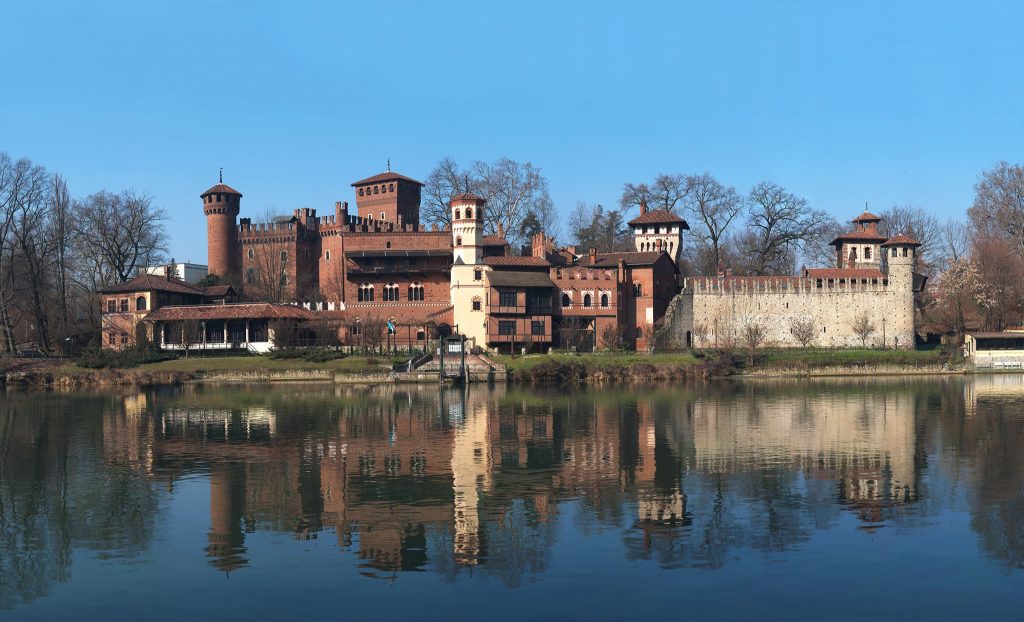
Continuing the walk inside the park, you will meet the Borgo Medievale, a beautiful nineteenth-century reproduction of a small medieval village, which is certainly one of the most popular attractions for those who visit the city. The characteristic medieval village, which stands on the banks of the river Po, has the appearance of an authentic castle dating back to the fifteenth century. Walking inside the village you can relive the magic of past centuries and admire churches and other medieval-style buildings with, finally, the fortress that guards the small village.
The Borgo Medievale was built between 1882 and 1884 on the occasion of the Italian General Exhibition. The realization was made by a group of intellectuals and artists, who chose to draw inspiration from Piedmontese and Valle d’Aosta churches and castles to reproduce a village that seemed as truthful as possible. Inside the Borgo there are also several shops selling typical products.
The Palace of Venaria (Italian: Reggia di Venaria Reale)
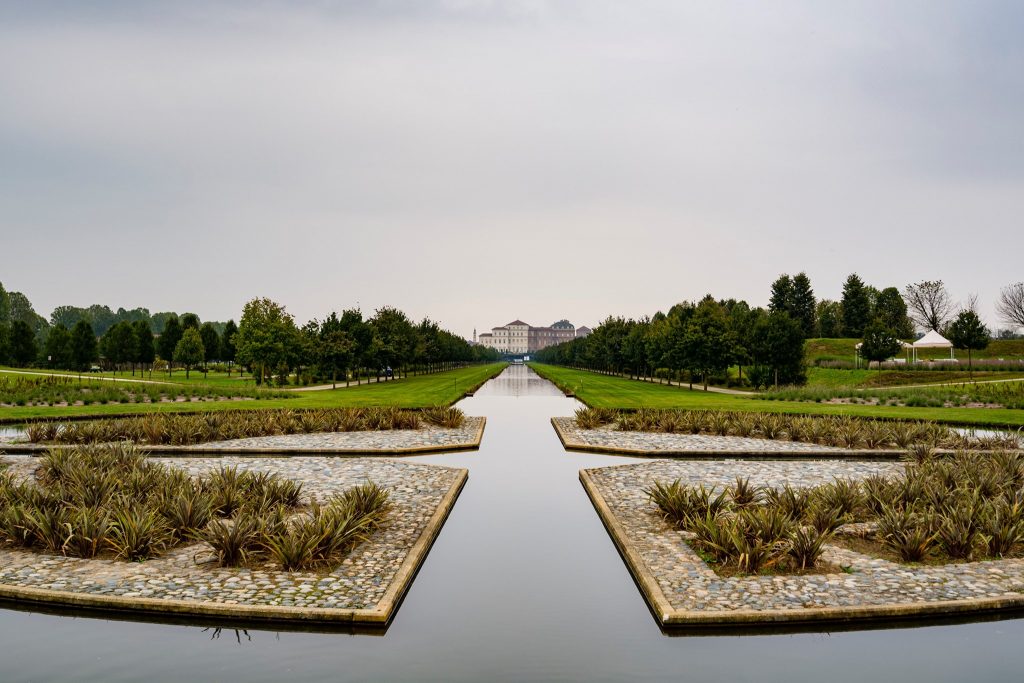
Last but not least, the Reggia di Venaria Reale is one of the must-see places if you visit Turin. Located in Venaria Reale, just outside Turin, the Royal Palace has been declared a UNESCO World Heritage Site and represents one of the highest expressions of Italian Baroque. It was designed by the architect Amedeo di Castellamonte in 1658 as a base for the king’s hunting trips, being close to large forests rich in-game.
The visit to the Royal Palace begins with the Court of Honor, with the wonderful Water Theater of the Fountain del Cervo. With its 100 water nozzles with jets that reach up to 12 meters and plays of light, it is among the most suggestive fountains in the world.
Inside the Royal Palace, it is possible to admire more than 500 works of art including paintings, sculptures, tapestries, etc … and relive the pomp of the royal court.
The visit itinerary evokes the history of the Royal Palace thanks also to the suggestions coming from multimedia installations.
In the Royal Stables, however, a Bucintoro is on display: the transport boat of the Doges of Venice. Together with it, inside the stables, there are also gala carriages used in the nineteenth century by the Savoy family.
Do not neglect the gardens of the Royal Palace, which returned to their ancient beauty after a long restoration. In the lower part of the park, instead, there is the Potager Royal: a vegetable garden and an orchard of ten hectares, whose products are sold in various refreshment points. This part of the park can be visited on board a small touristic train.
The other great reason for the local attraction is the nearby La Mandria Natural Park, an area of around three thousand hectares that extends northwest of the city of Venaria Reale.
Read also: Best Restaurants in Turin

